

Robbie Shone is a cave explorer and visual storyteller. His work comes under the category of photo journalism which I will be taking inspiration from. He is recognised as one of the most accomplished cave photographers in the world and is based in the heart of the Alps in Austria. Shone has completed a BA in Fine Art and Photography – whilst doing this he developed a strong interest in caving and the challenges it has to offer. His work has been featured in national and international publications such as National Geographic. He has received several national and international awards. Robbie Shone also has wildlife, travel and landscape images that have achieved finalist status in highly acclaimed international travel and wildlife competitions.
From looking at Robbie Shone i aim to have my photographs focused on exploration and unusual sites.
My Favourite Photograph

In this photograph, Shone used a strong torch to illuminate the photograph through the clouds in the cave to create a misty and ominous setting. It helped to create contrast between the shadows of the cave and the highlight of the torch. A deep depth of field appears to have been used as the whole of the photograph is in focus. Shone will have used a slow shutter speed along with a low ISO in order to allow plenty of light to enter the lens whilst keeping the quality of the photograph as high as possible.
The colours used in this photograph is a mix of dark greens and browns to contrast with the torch light. This helps to create an unsettling and dark environment. There are lots of different tones throughout the photograph due to the grooves and shapes in the caves. The distance that the light beam travels and the scale of the human against the size of the scale creates an almost intimidating photograph as it is not something we would normally get to see. Due to the beam of light shining light on the background, the photograph has a 3D effect which adds to the intimidating feeling to the photograph.
Shone is a very experienced cave explorer and photographer and this photograph shows just some of the things that he sees and explores as part of his life. This photograph is of Cloud Ladder Hall which is naturally formed and is so large that it has its own weather system. It is found in China and the whole cave is 42,139 metres long with a maximum depth of 441 metres.
I think that Shone is trying to spread awareness of how intricate and interesting the natural world is. In his photographs he shows subjects that most people would never get to see. He tries to show the scale of the subject against one of the largest naturally formed cave in the world to show how small we are compared to nature.
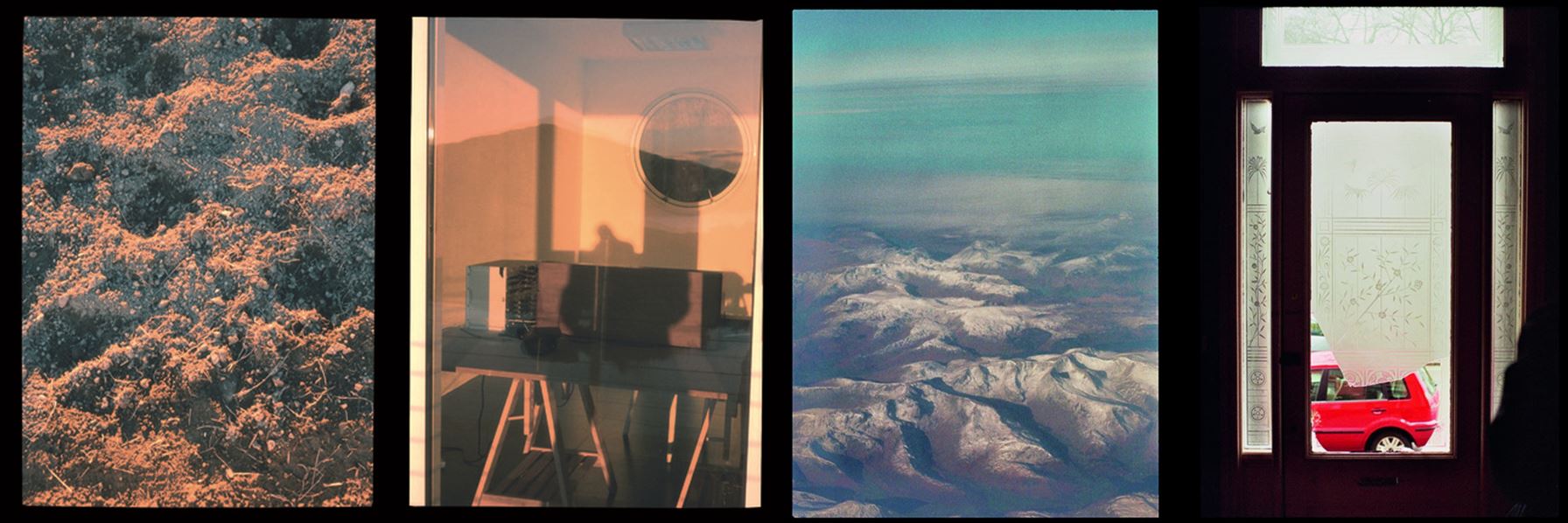
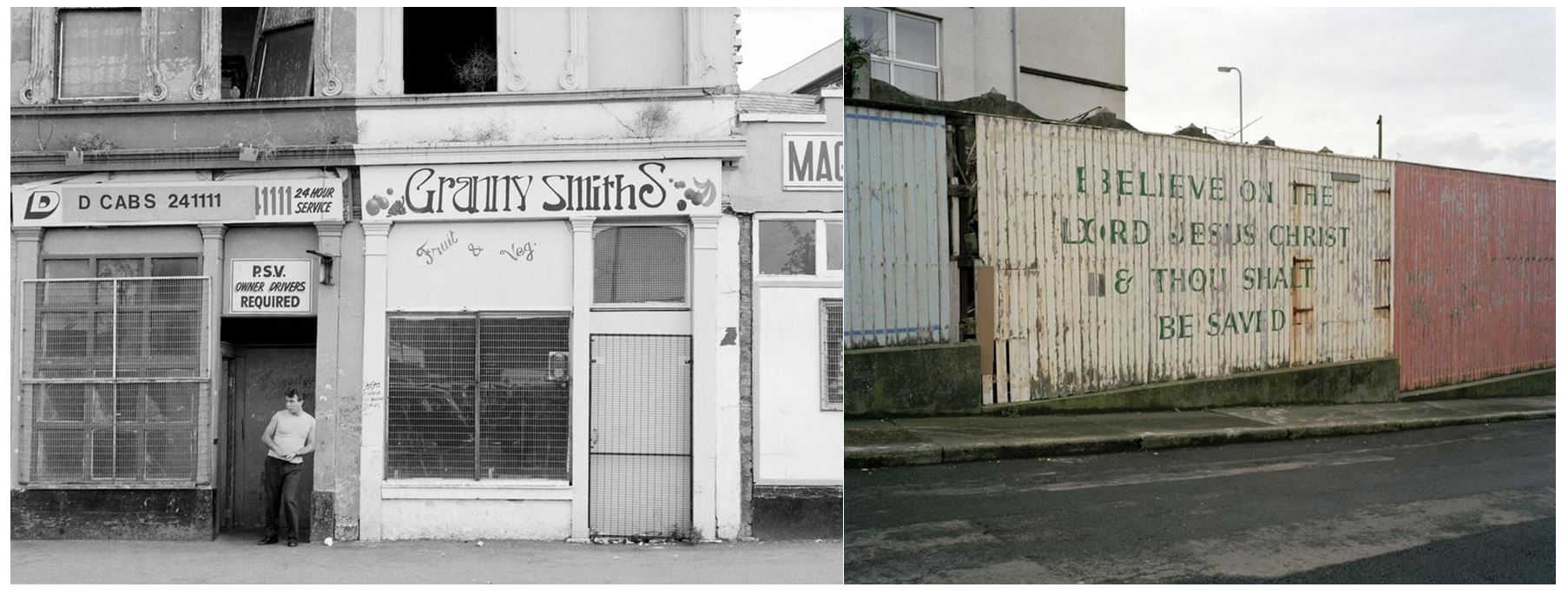
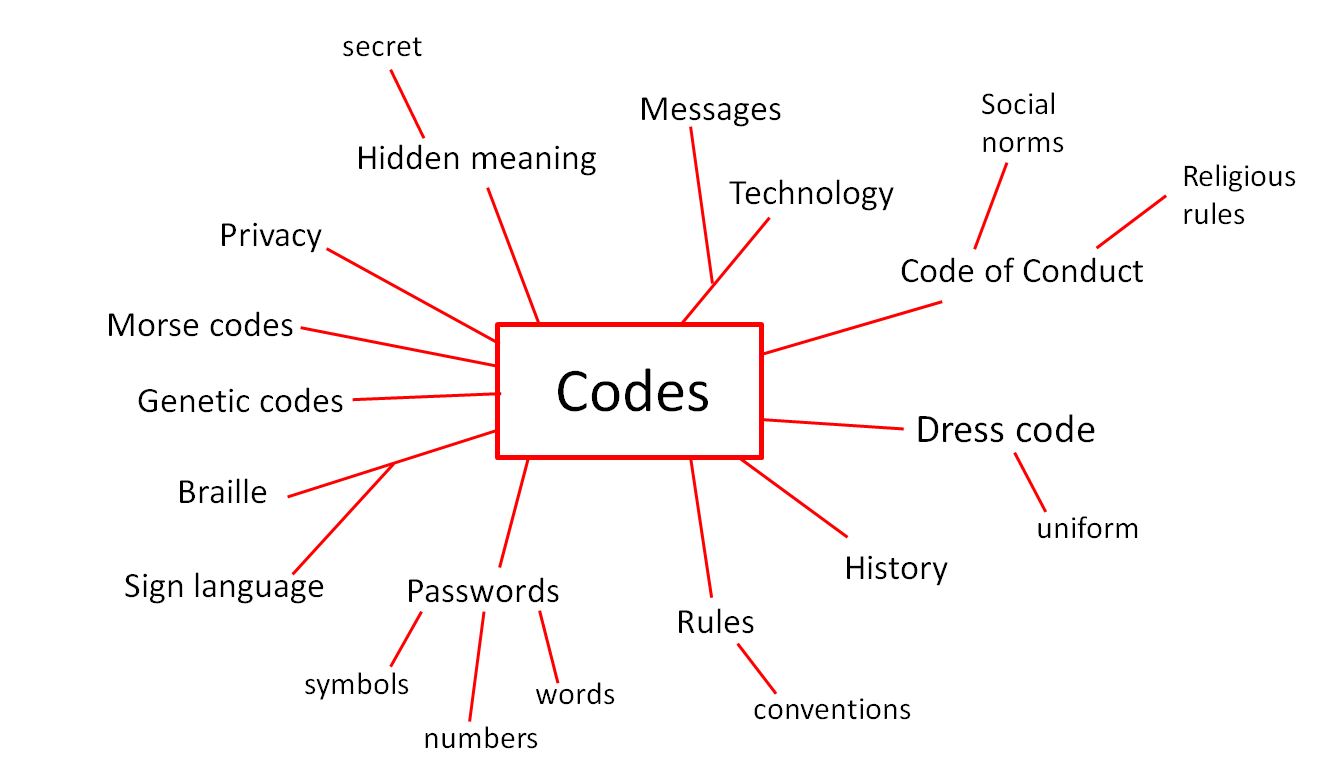


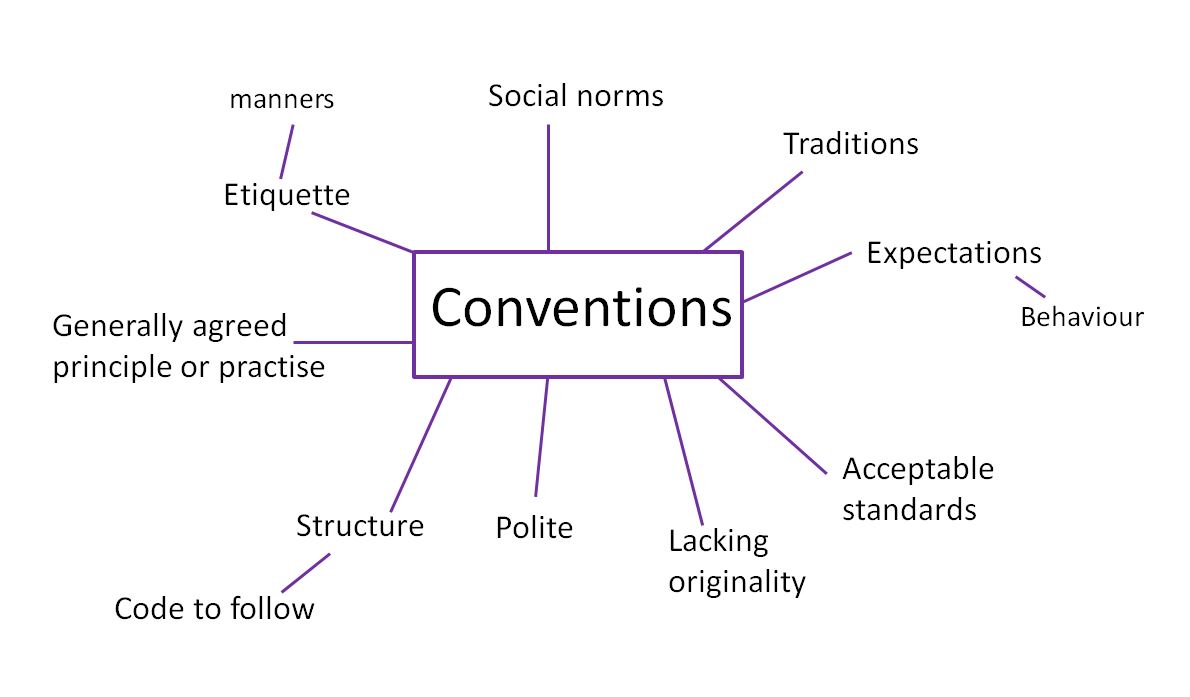
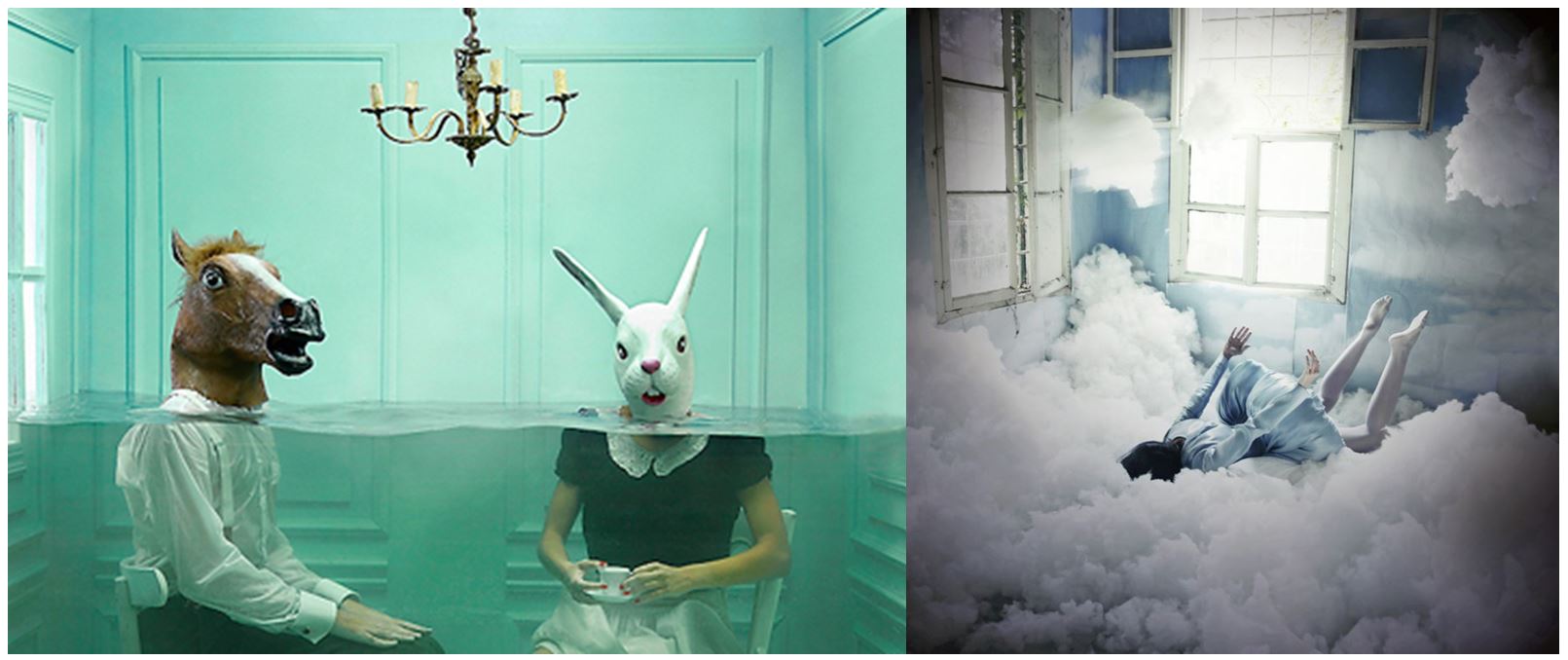



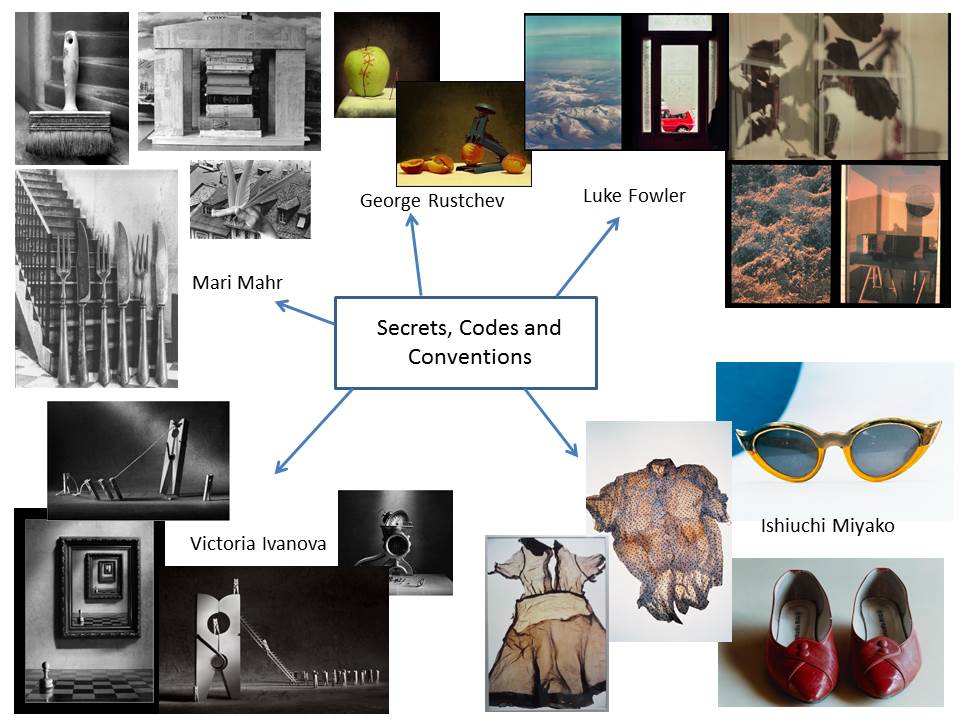







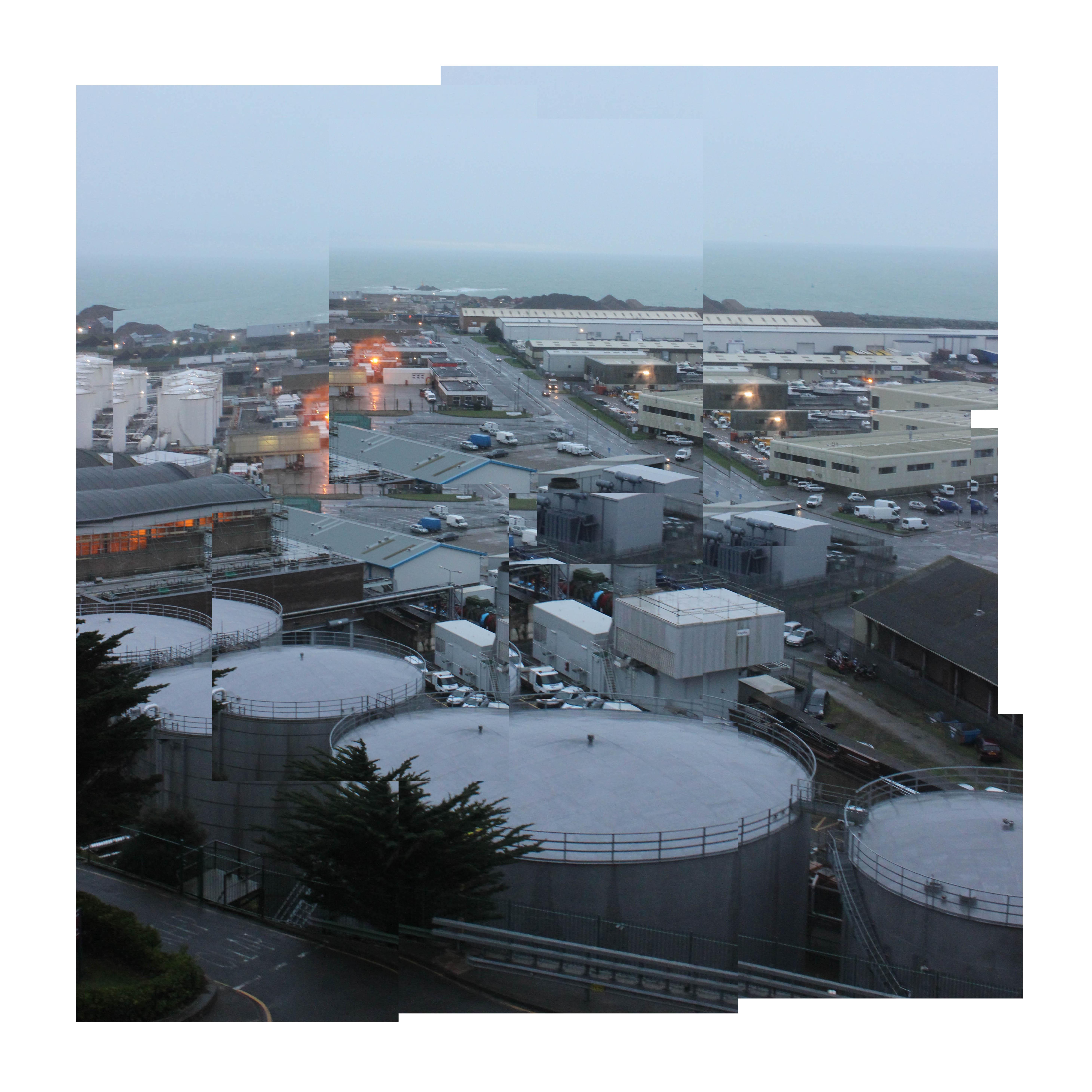

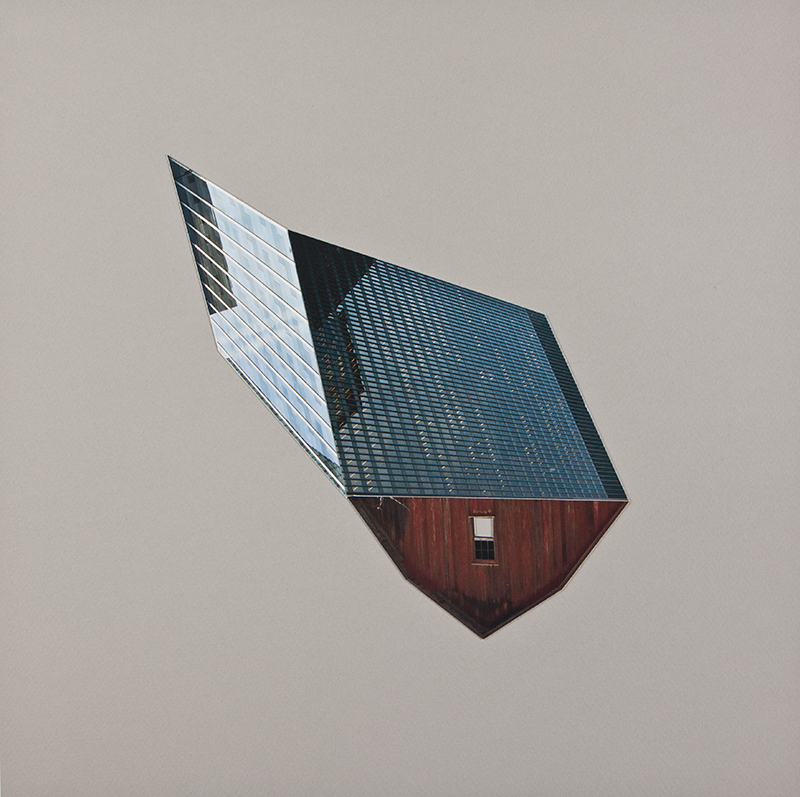
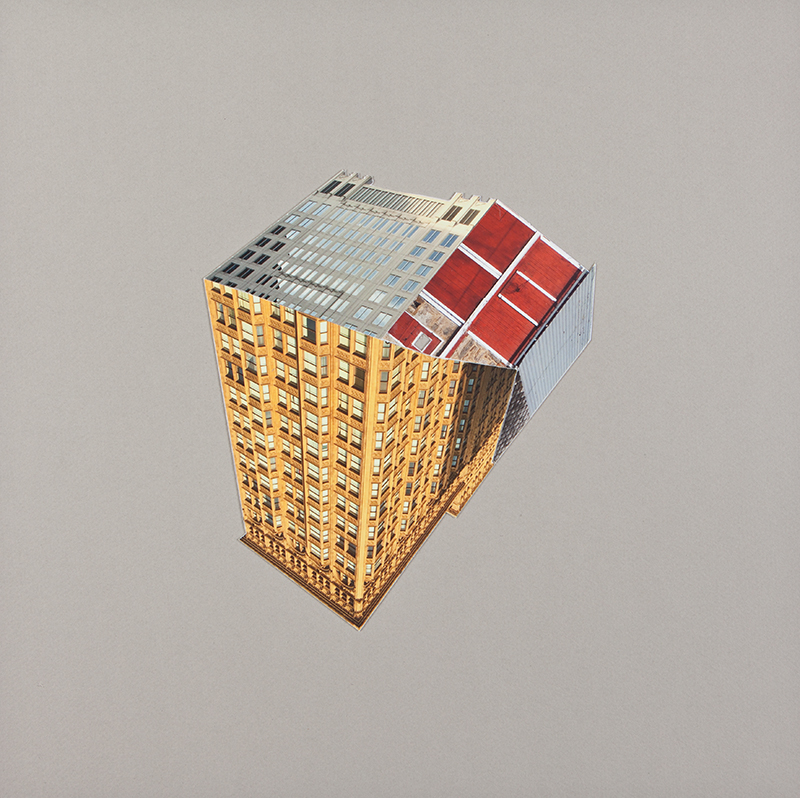

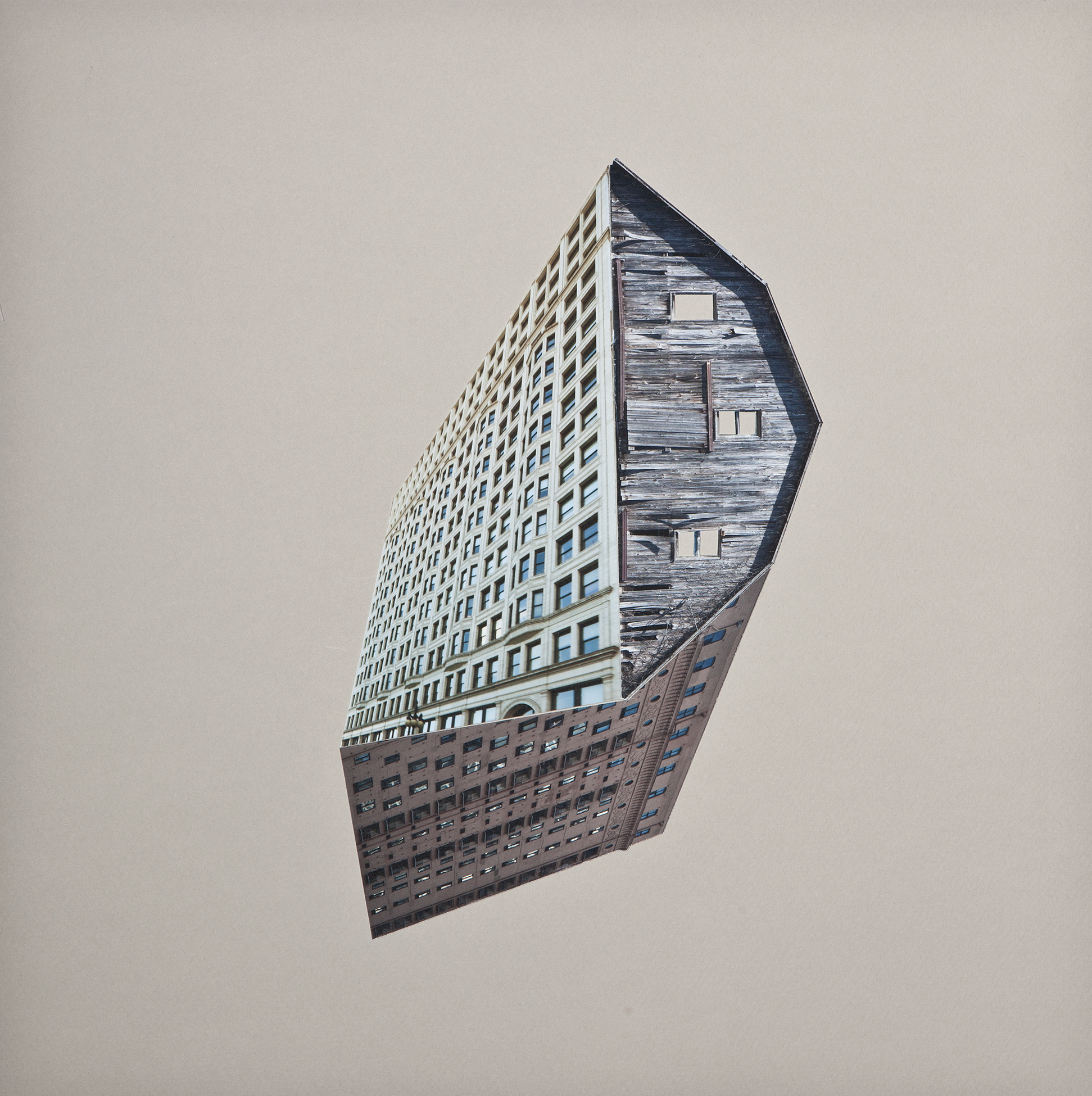



























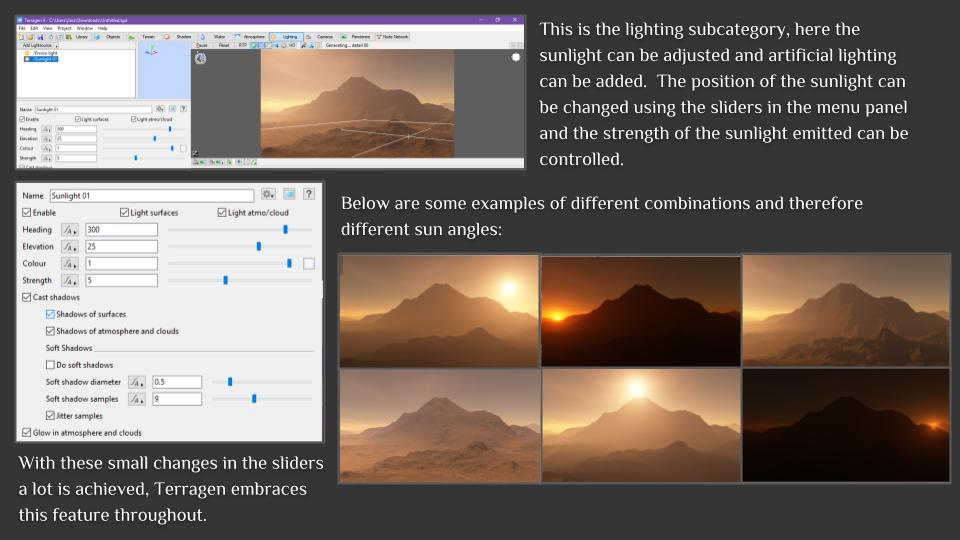

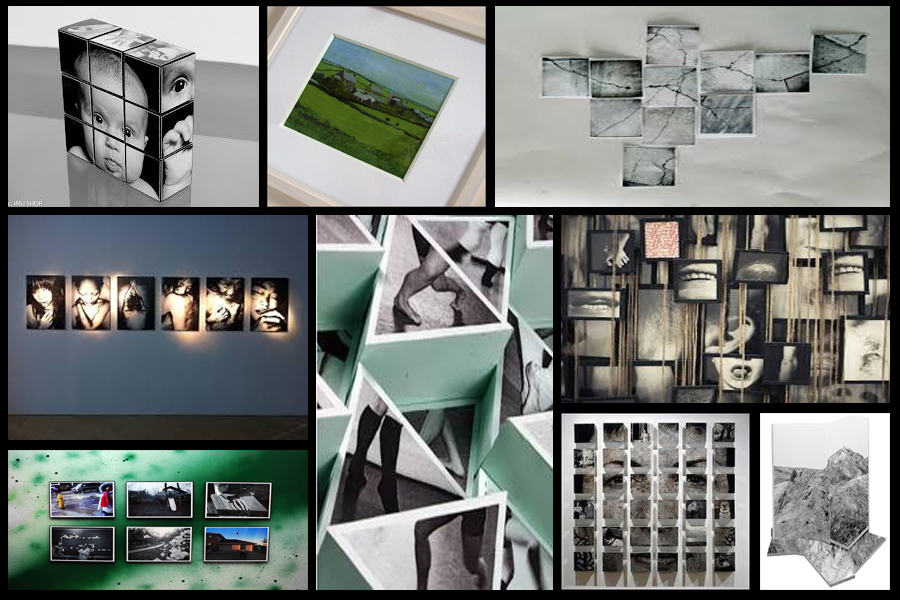 After looking over these images I decided I should trial run a few of them by manipulating the photos within Photoshop to get the effect needed. I Ideas I settled on were 3D presentation of the landscape and objects due to how through this method it allowed me to choose the focus of interest I wished the view to focus on, whilst creating a more realistic and abstract result. The second idea was the simple image between two black sheet with a white border, I chose this one because I loved the simplicity of the outcome as I thought it emphasized and complimented the entire piece.
After looking over these images I decided I should trial run a few of them by manipulating the photos within Photoshop to get the effect needed. I Ideas I settled on were 3D presentation of the landscape and objects due to how through this method it allowed me to choose the focus of interest I wished the view to focus on, whilst creating a more realistic and abstract result. The second idea was the simple image between two black sheet with a white border, I chose this one because I loved the simplicity of the outcome as I thought it emphasized and complimented the entire piece.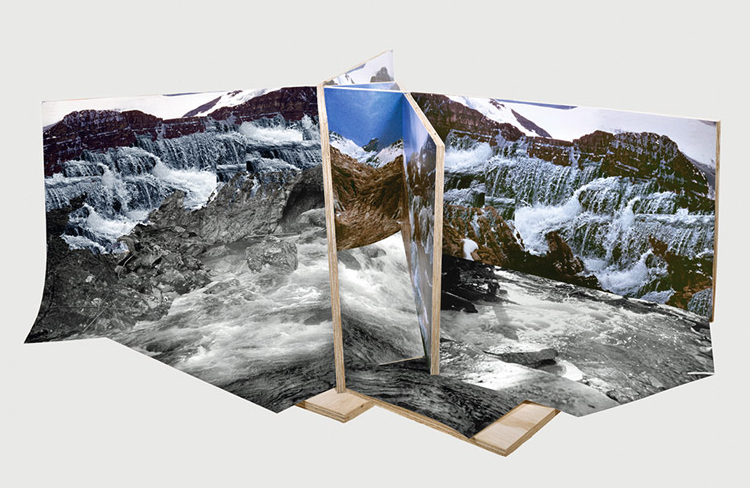 To create this I stitched images of building I had taken together, with me adding edges digitally it made the 3D effect I wanted, this was my outcome:
To create this I stitched images of building I had taken together, with me adding edges digitally it made the 3D effect I wanted, this was my outcome: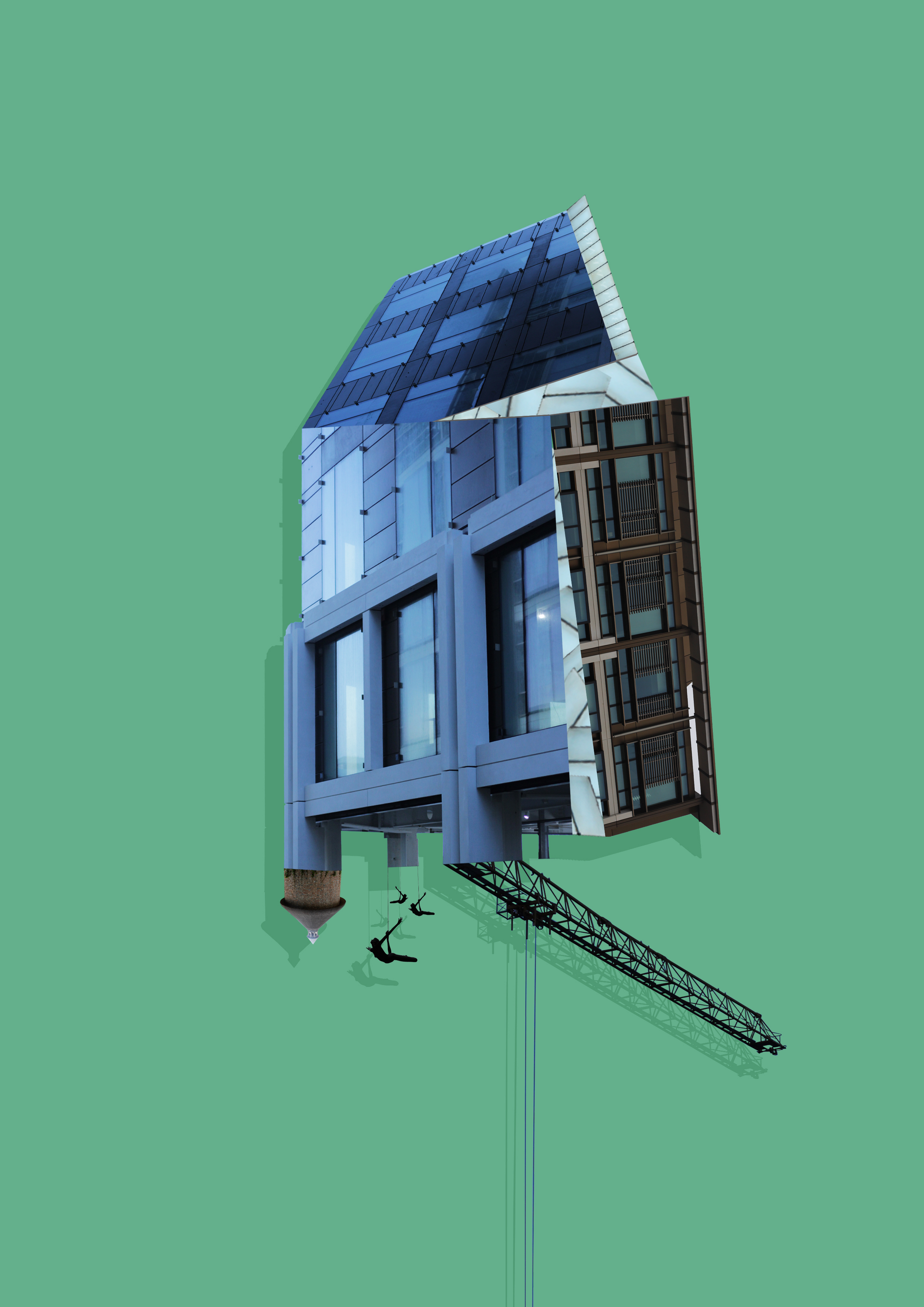 Whilst making this design I found that by adding a shadow to the piece created the effect as if it was mounted upon a wall, emphasizing the 3D aspects even more.
Whilst making this design I found that by adding a shadow to the piece created the effect as if it was mounted upon a wall, emphasizing the 3D aspects even more.
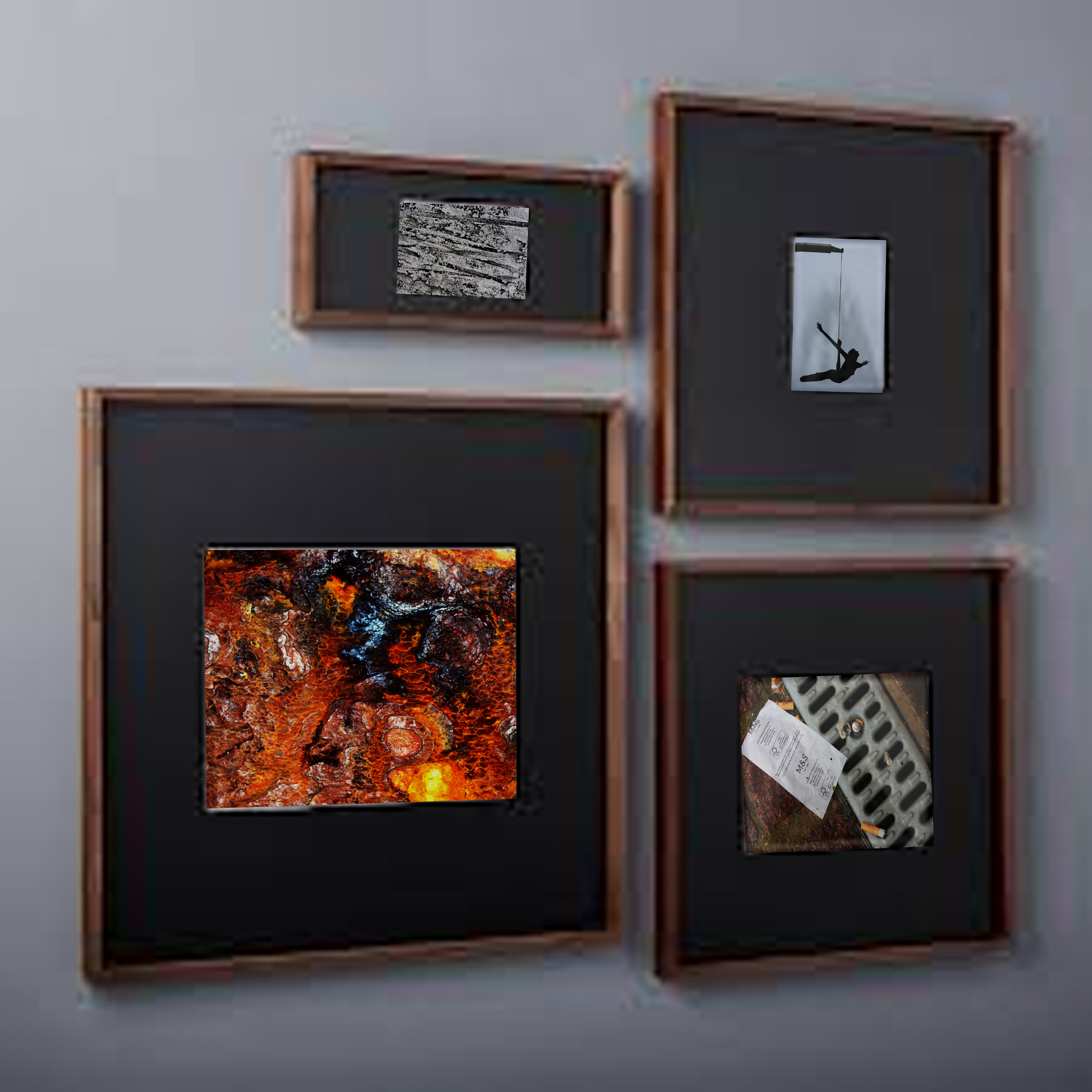 When editing the images I found that when displayed together the pieces looked more aesthetically pleasing to the eye. This allowed me to come to the conclusion that I would display three of the images together to created this effect.
When editing the images I found that when displayed together the pieces looked more aesthetically pleasing to the eye. This allowed me to come to the conclusion that I would display three of the images together to created this effect.


